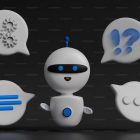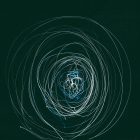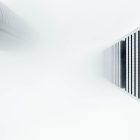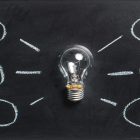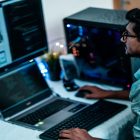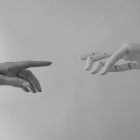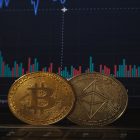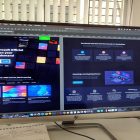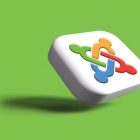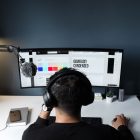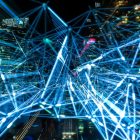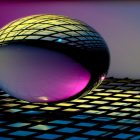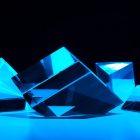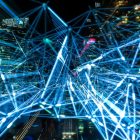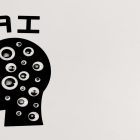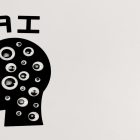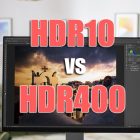What is AI Painting? Exploring the World of Art Generated by Artificial Intelligence
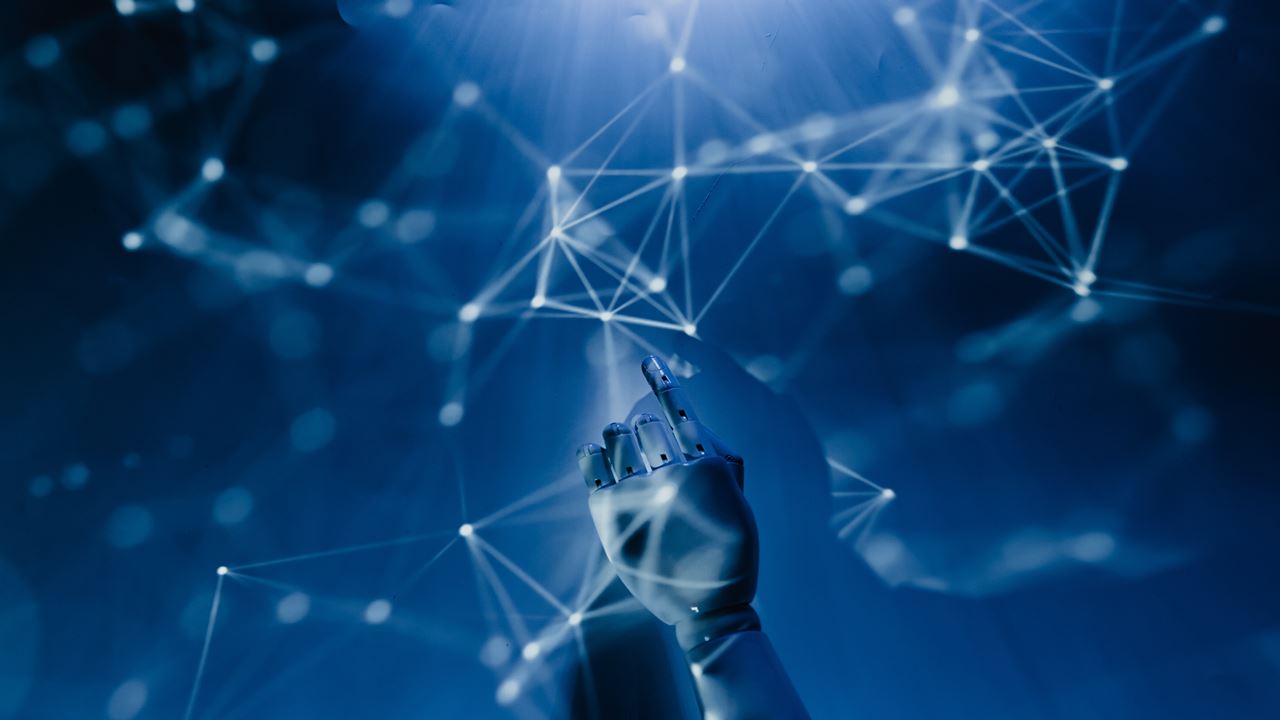
What is AI Painting – The emergence of artificial intelligence (AI) has led to a paradigm shift in many fields, and art is no exception. AI painting is a revolutionary concept that is rapidly gaining traction in the art world. In this article, we will explore the basics of AI painting, how it works, its benefits and drawbacks, and its impact on the world of art.
1. Introduction
Artificial intelligence has made great strides in recent years, with applications in various industries such as healthcare, finance, and education. AI is also making inroads into the world of art, transforming the way artists create and exhibit their works. AI painting is a new field that is changing the face of art, allowing artists to explore new avenues of creativity and expression.
2. What is AI Painting?
AI painting refers to the use of machine learning algorithms and other AI technologies to create or assist in the creation of artwork. AI painting can be used to generate original artwork, as well as to enhance and modify existing works of art. AI painting techniques can include neural style transfer, generative adversarial networks, and deep learning algorithms, among others.
3. How Does AI Painting Work?
AI painting involves the use of algorithms and software to analyze and manipulate visual data. AI algorithms can learn to recognize patterns and styles in existing works of art, which they can then use to create new works of art. For example, neural style transfer is a technique that involves transferring the style of one image onto another image, resulting in a new image that combines the content of the original image with the style of another image.
Generative adversarial networks (GANs) are another type of AI algorithm that is commonly used in AI painting. GANs consist of two networks, a generator and a discriminator, which work together to generate new images. The generator network generates images, while the discriminator network evaluates the images and provides feedback to the generator network to improve the quality of the generated images.
4. Benefits of AI Painting
AI painting has several benefits, including:
- Increased creativity: AI painting allows artists to explore new avenues of creativity and expression that were not possible before.
- Time-saving: AI painting can automate many of the tedious and time-consuming tasks involved in creating art, such as sketching and coloring.
- Accessibility: AI painting tools can make art more accessible to people who may not have the skills or resources to create art using traditional methods.
5. Drawbacks of AI Painting
Despite its benefits, AI painting also has some drawbacks, including:
- Lack of authenticity: AI-generated art may lack the authenticity and uniqueness of traditional art created by human artists.
- Limitations of AI: AI algorithms may not be able to replicate the full range of human emotions and experiences, which could limit their ability to create truly meaningful art.
- Dependence on technology: AI painting relies on technology, which can be prone to errors and glitches.
6. Ethical Implications of AI Painting
AI painting raises several ethical implications, such as:
- Ownership: Who owns the rights to AI-generated art? Should it be considered the property of the AI algorithm or the human artist who trained the algorithm?
- Authenticity: How can we ensure the authenticity of AI-generated art, and how can we distinguish it from art created by human artists?
7. Impact of AI Painting on the Art World
AI painting is having a significant impact on the art world, with many artists and art institutions embracing this new technology. AI-generated art has been exhibited in major art galleries and museums around the world, and AI algorithms are being used to create art in a variety of genres, from abstract to realistic.
AI painting has also led to new collaborations between artists and computer scientists, and has sparked a new wave of interest in the intersection of art and technology.
8. Examples of AI Painting
Some examples of AI painting include:
- The Next Rembrandt: a project that used AI algorithms to create a new painting in the style of the Dutch master Rembrandt.
- AICAN: an AI algorithm developed by Rutgers University that creates original abstract paintings.
- Deep Dream: a Google project that uses deep learning algorithms to create surreal and dreamlike images.
9. Future of AI Painting
The future of AI painting is bright, with many new developments and advancements expected in the coming years. AI algorithms are becoming more sophisticated and capable of producing ever more realistic and nuanced art.
As AI painting continues to evolve, it is likely to have an even greater impact on the art world and society as a whole, leading to new forms of artistic expression and innovation.
10. Conclusion
AI painting is a fascinating and rapidly evolving field that is transforming the way we think about art and creativity. While it has its benefits and drawbacks, the potential of AI painting to push the boundaries of artistic expression and innovation is undeniable.
As AI painting continues to develop and mature, it will be exciting to see how it will impact the art world and society as a whole in the years to come.
11. FAQs
Can AI painting replace human artists?
While AI painting has the potential to automate many aspects of the artistic process, it is unlikely to replace human artists entirely. AI algorithms may be able to generate artwork, but they lack the unique perspective, creativity, and emotion that human artists bring to their work.
Is AI painting considered “real” art?
The question of whether AI-generated art is considered “real” art is a matter of debate. While some people argue that AI-generated art lacks the authenticity and uniqueness of traditional art, others see it as a new and exciting form of artistic expression.
Who owns the rights to AI-generated art?
The question of ownership of AI-generated art is still being debated. Some argue that the AI algorithm should be considered the author of the artwork, while others believe that the human artist who trained the algorithm should have ownership rights.
What are some of the limitations of AI painting?
Some of the limitations of AI painting include the inability to replicate the full range of human emotions and experiences, the lack of authenticity and uniqueness of AI-generated art, and the dependence on technology, which can be prone to errors and glitches.
What is the future of AI painting?
The future of AI painting is bright, with many new developments and advancements expected in the coming years. AI algorithms are becoming more sophisticated and capable of producing ever more realistic and nuanced art, leading to new forms of artistic expression and innovation.

